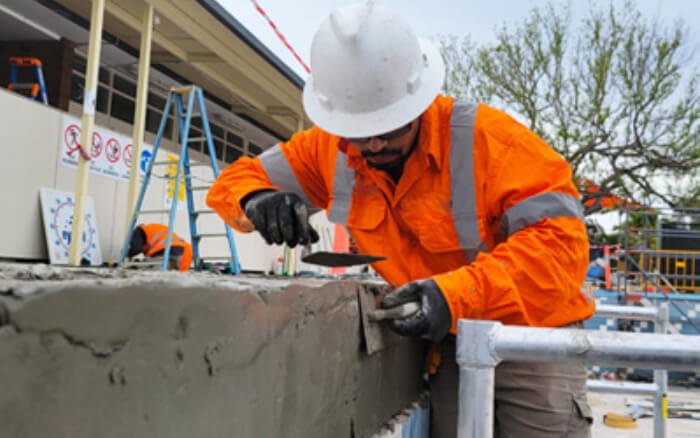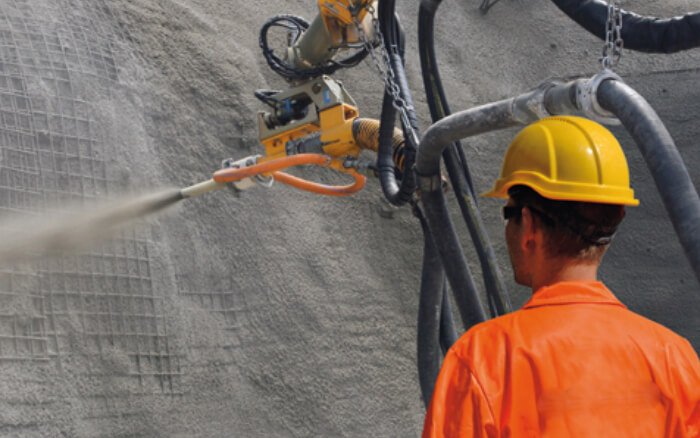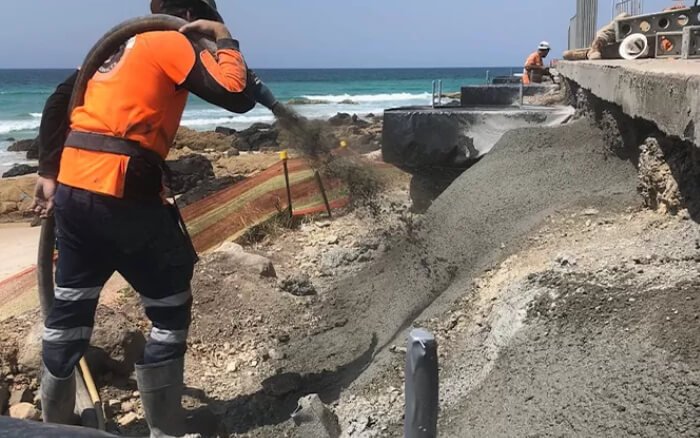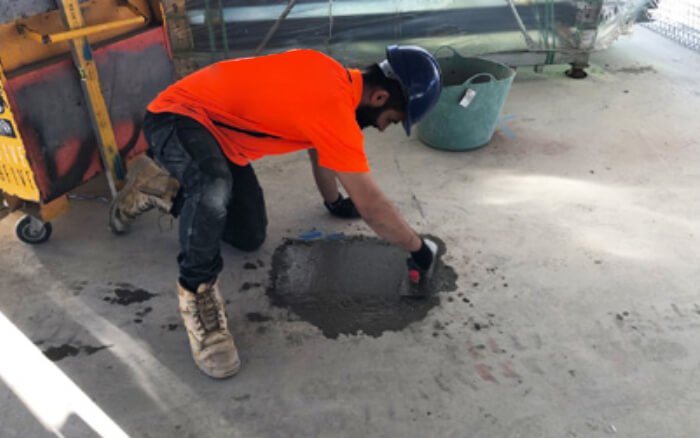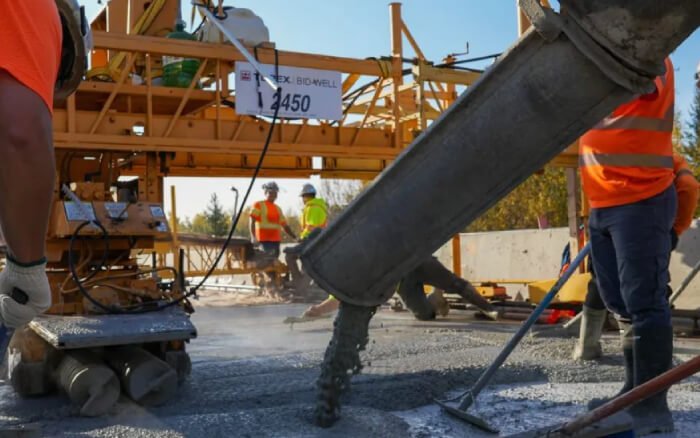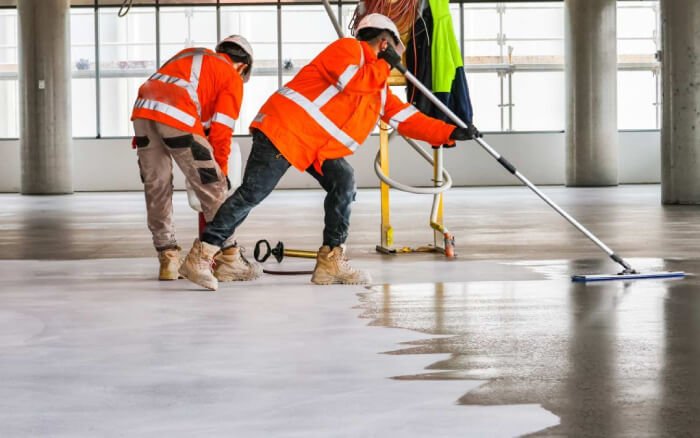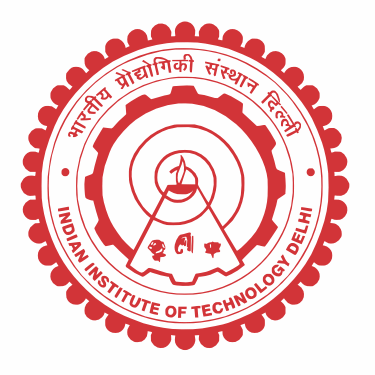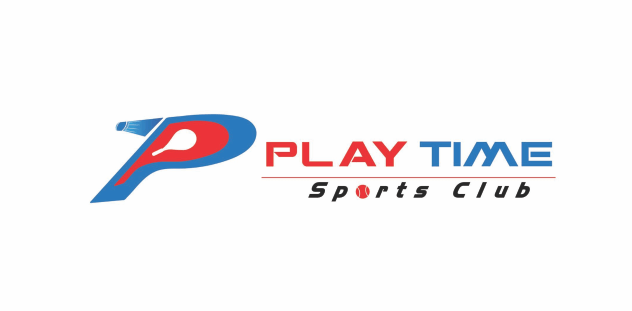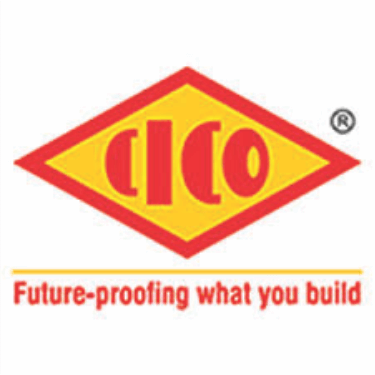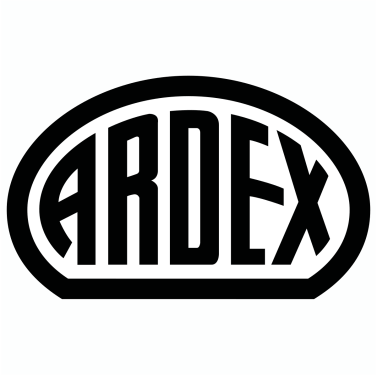What is Guniting?
 Guniting is a method of applying concrete through a pneumatic spraying technique, which is similar to shotcrete. The difference is that guniting typically refers to the dry-mix application process, where dry ingredients (cement, sand, and aggregates) are conveyed through a hose and then mixed with water at the nozzle just before being sprayed onto the surface. This technique is used to repair, reinforce, and resurface concrete structures quickly and efficiently, offering great bonding strength and durability.
Guniting is a method of applying concrete through a pneumatic spraying technique, which is similar to shotcrete. The difference is that guniting typically refers to the dry-mix application process, where dry ingredients (cement, sand, and aggregates) are conveyed through a hose and then mixed with water at the nozzle just before being sprayed onto the surface. This technique is used to repair, reinforce, and resurface concrete structures quickly and efficiently, offering great bonding strength and durability.
Guniting vs. Shotcrete
While guniting and shotcrete are similar in their application methods, there is a key difference in their mixing process:
- Guniting: Involves dry-mix shotcrete, where the dry ingredients are sprayed onto the surface, and water is added at the nozzle.
- Shotcrete: Typically refers to both dry-mix and wet-mix techniques. Wet-mix shotcrete involves pre-mixing the water and other ingredients before application.
Guniting is ideal for smaller-scale applications or where high precision and control over the mix are necessary, whereas shotcrete is more commonly used for large-scale projects.

Advantages of Guniting
Guniting offers a range of benefits, making it a preferred choice for concrete repair, reinforcement, and resurfacing. Some of the key advantages include:
- Efficient Application: The dry-mix process allows for faster application and minimal wastage of materials, leading to cost savings on labor and materials.
- Strong Bonding: Guniting creates a dense, well-compacted layer, ensuring a strong bond with the existing surface, providing excellent resistance to wear and environmental stress.
- Versatility: Guniting can be applied to a variety of surfaces, including vertical, overhead, and complex shapes, making it a versatile solution for multiple types of construction projects.
- Cost-Effective: Guniting reduces the need for extensive formwork and scaffolding, helping to lower the overall cost of construction and repairs.
- Reduced Curing Time: Due to the rapid application process, guniting can reduce curing time and help speed up project timelines, especially in large-scale applications.
Applications of Guniting
Guniting is used in various construction and repair projects, particularly where quick, durable results are required. Some common applications include:
- Structural Repairs: Guniting is often used to restore and reinforce deteriorating concrete structures, such as beams, columns, and slabs.
- Tunnel and Underground Construction: It is widely used in tunnel linings, shafts, and underground structures due to its ability to adhere to vertical and overhead surfaces.
- Swimming Pools: Guniting is a preferred method for constructing and resurfacing swimming pools due to its ability to create a smooth, durable, and waterproof finish.
- Retaining Walls: Guniting is ideal for building and repairing retaining walls, especially in challenging landscapes where traditional pouring would be difficult.
- Shotcrete for Slope Stabilization: Guniting is used in slope stabilization to prevent erosion and landslides, providing a solid and durable protective layer.
- Foundations and Foundations Repairs: Guniting is used for foundation repairs, where it reinforces the concrete and provides additional structural integrity.
How Guniting Works
Guniting begins with preparing the surface for application. The substrate is cleaned to remove any dirt, dust, or loose material to ensure proper adhesion of the applied concrete. The dry-mix concrete is then conveyed to the nozzle, where water is added to the mix just before it is sprayed onto the surface. The nozzle operator uses a high-pressure stream to apply the mixture onto the surface, building up layers of concrete as needed.
Once applied, the concrete needs to be cured to reach its full strength. The curing time can vary depending on environmental conditions and the specific mix used. After the curing period, the guniting layer becomes a durable, compacted, and high-strength surface that bonds well with the underlying concrete.
Benefits of Guniting Over Traditional Concrete Methods
Guniting offers several advantages over traditional concrete pouring techniques, particularly in projects where formwork and precise material control are necessary. Some of the benefits include:
- Faster Application: Guniting allows for quicker application compared to traditional concrete pouring, reducing the time spent on construction and repairs.
- Less Formwork Needed: Guniting requires minimal or no formwork, which can significantly reduce labor and material costs associated with traditional concrete pouring methods.
- High Strength and Durability: The pneumatic application process ensures a dense, well-compacted layer that provides superior durability, strength, and resistance to cracking.
- Adaptability to Complex Surfaces: Guniting can be easily applied to irregular surfaces, vertical surfaces, and overhead areas, where traditional concrete methods may not be feasible.
- Environmental Benefits: Guniting reduces material waste by applying concrete precisely where needed, resulting in a more environmentally friendly construction method.
Conclusion
Guniting is an efficient, versatile, and cost-effective method for concrete application that is used widely in both construction and repair projects. Whether it’s reinforcing a structure, building a swimming pool, or stabilizing slopes, guniting provides a durable, high-quality solution. Its rapid application process, reduced need for formwork, and strong bonding capabilities make it an essential technique in modern concrete construction.


